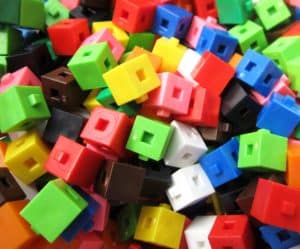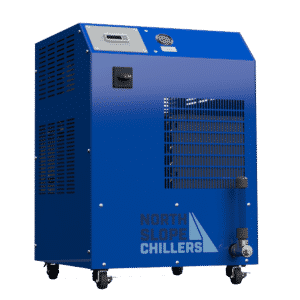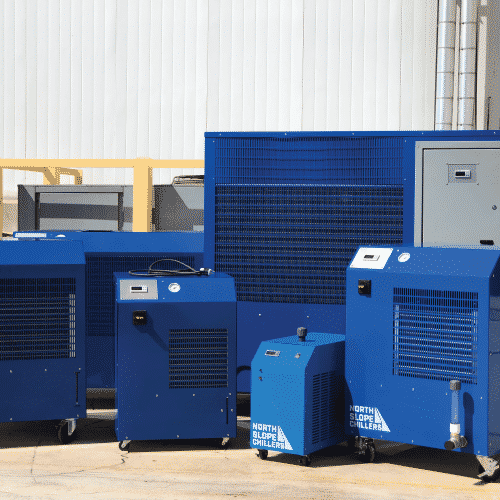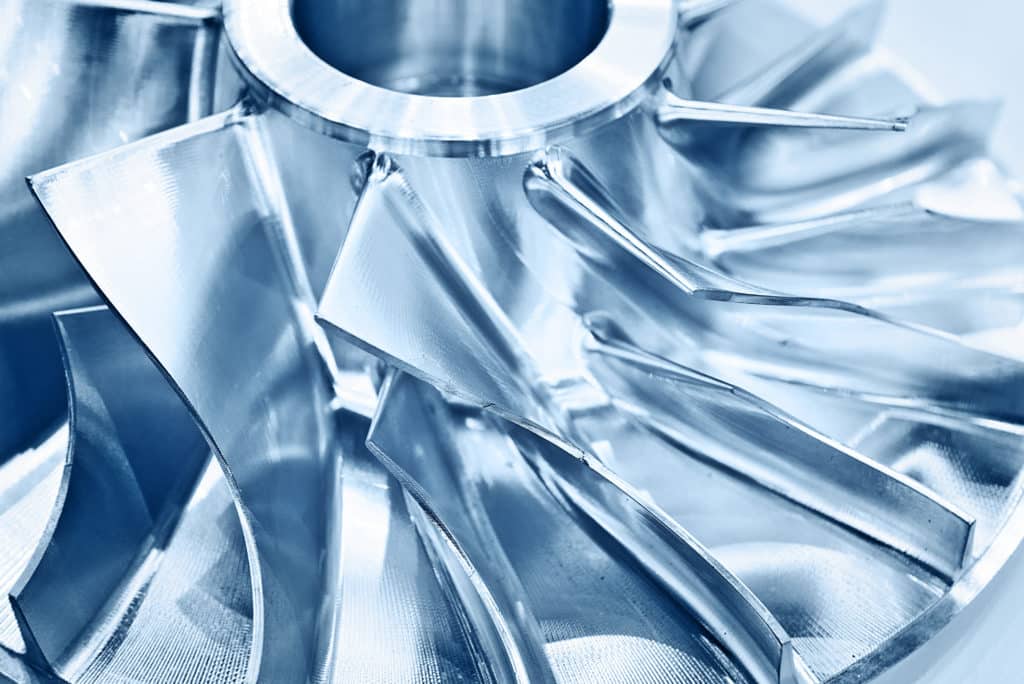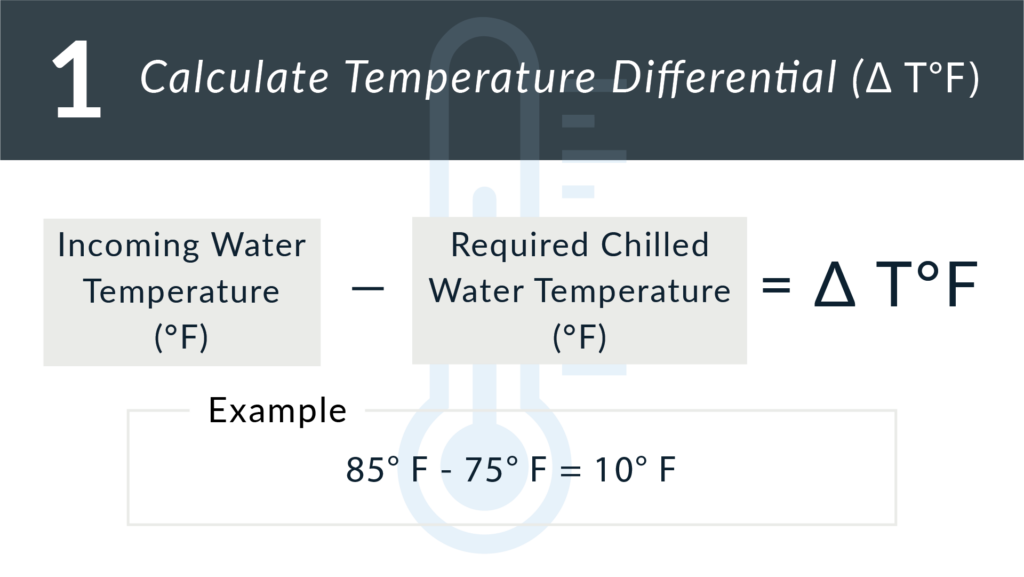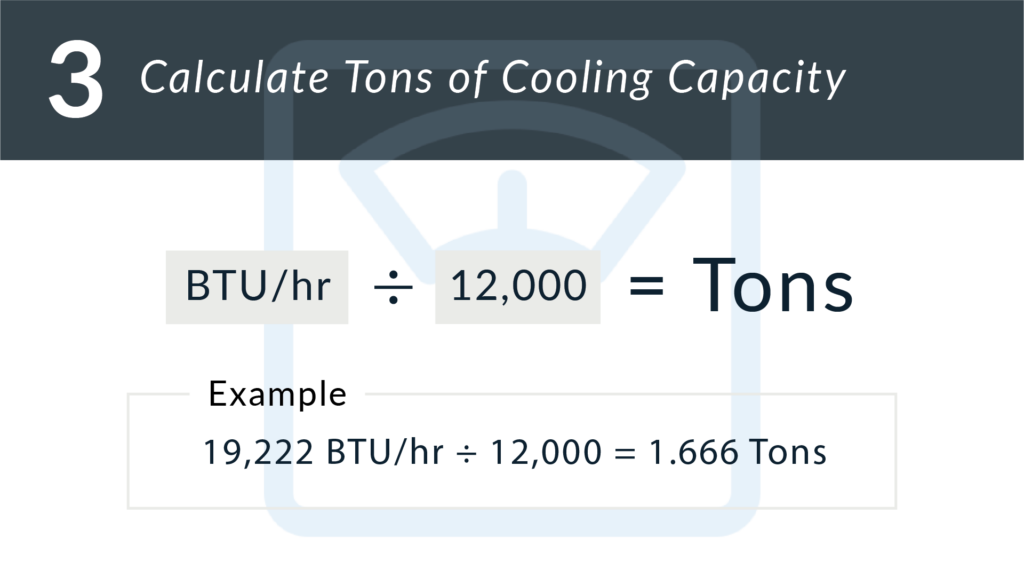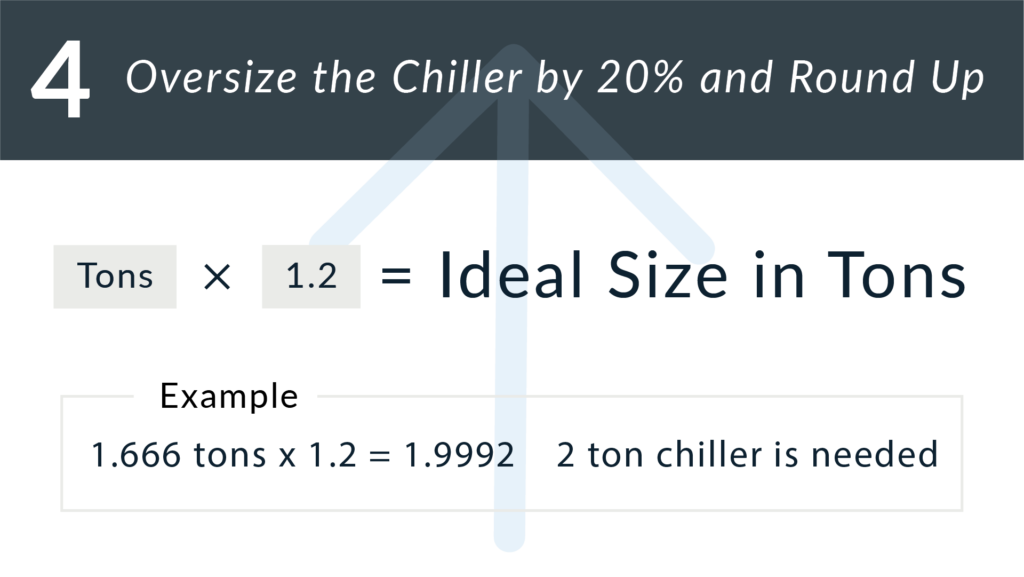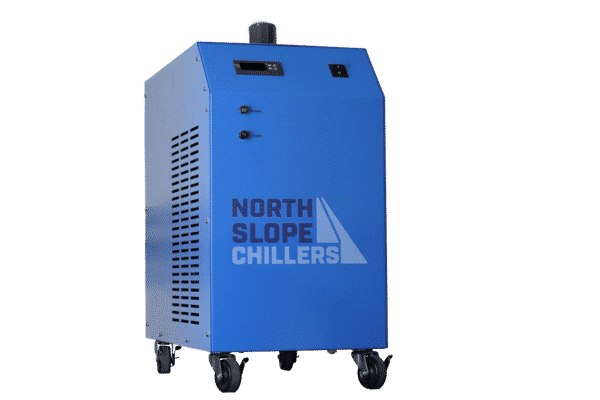Welding is a common procedure used to join two or more pieces of metal for use in a wide range of applications. The process can be done at outdoor locations (e.g. farms, highways, construction sites) or in an indoor setting, typically shops and factories.
[read: An Introduction to Welding]

Welding requires the following components: metals to be joined, a heat source, and a filler metal. The most common types of welding found in industrial environments are: Gas Tungsten Arc Welding (GTAW), Stick Welding, Gas Metal Arc Welding (GMAW), and Flux Core Arc Welding.
[read: 4 Popular Types of Welding Procedures]
It may go without saying, but high-quality welding requires careful heating/temperature management. Temperature management before, during and after welding defines the preciseness and quality of the weld.
Here are a few reasons why we’re careful about temperature control when it comes to welding:
It can prevent some costly and time-consuming reworks
When working on common materials like cast irons, copper (and its alloys) aluminum, and steels, proper heat dispersion and management prevents stress and weakened metals. Quick changes in temperature can mean extra work if not wasted materials. Take it from us: any time saved by cutting corners on heat control will only come back to haunt you. It’s better to take your time with temperature to maintain the integrity of your materials and product.
It reduces the risk of Hydrogen Induced Cracking (HIC)
Hydrogen Induced cracking, is “caused by the blistering of a metal due to a high concentration of hydrogen.” Carefully approaching the heating and cooling of welded materials allows hydrogen to be properly drawn out. This effectively reduces or eliminates the risk of HIC and, consequently, expensive and time-consuming reworks (see above).
It relieves residual stress

In welding, the quick thermal expansion and reduction created along a very limited spot could become a major source of residual stress. This is stress that remains within an object/material after the external source of stress has been removed. While residual stress may be desirable in some engineering applications, uncontrolled residual stress should be avoided at all costs. This uncontrolled, undesirable stress leads to weak welds and premature structural failure.
Residual stress frequently occurs when a welded metal’s temperatures are raised and quickly lowered with little or no control or when cooling occurs unevenly. Slowly and carefully removing heat from welded materials prevents the welded spot from becoming too fragile and ductile.
At North Slope Chillers, we’re all about taking the stress out of welding temperature control (pun intended). Our products provide controlled, even, process cooling that will help maintain the strength and integrity of your welded products. Additionally, we offer custom solutions– whatever your cooling needs are, we can help!
Give us a call at (866) 826-2993 if you’re interested in incorporating a chiller into your welding process.

